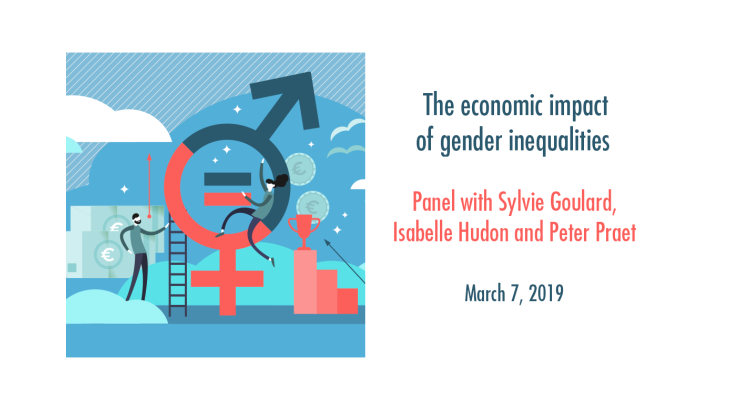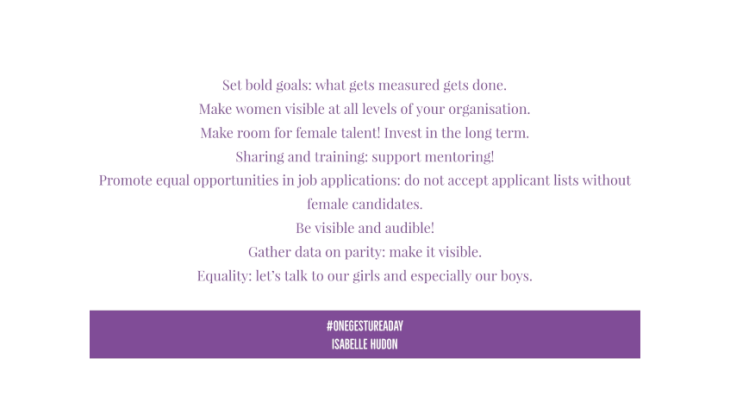In recent years, the impact of gender diversity on the economy has been the subject of several research projects at both macro and micro level. To cite just two examples, Ostry et al. (2018) show that gender parity would be beneficial for productivity growth and lead to economic gains that go beyond simply increasing the labour supply. Reducing gender inequalities would also have positive effects on growth in the medium and long term, for example by modifying the choice of educational pathways for both sexes and by changing social norms on the roles of women and men in society. Christiansen et al. (2016) found a positive correlation between gender diversity in senior positions and financial performance for a sample of two million European non-financial corporations. This correlation is significantly stronger in sectors that employ more women, as well as in knowledge-intensive and technology-intensive ones, which require the increased creativity and critical thinking that diversity can provide.
Measures to reduce gender inequalities: a necessity
Peter Praet shared his experience on the implementation of measures to promote M/F diversity at the ECB since 2012, including better representation of women on selection committees, mandatory representation of women on the panels of all conferences organised by the ECB, or the announcement of quantified targets for the proportion of women in managerial positions. A micro-econometric study on career development at the ECB (see Hospido, Laeven and Lamo, forthcoming ECB working paper) shows that, although before 2011 women had less chance of being promoted at an equal competency level, the measures taken since then have led to an equalisation of promotion probabilities. The study also highlights an interesting difference in behaviour: women tend to apply less frequently than men for higher positions, but when they do they are more likely to get the job.
For Isabelle Hudon, parity is certainly a political subject, but also an economic one. Ending wage inequality, developing everybody’s potential and encouraging gender equality are all opportunities for economic development, and could increase global GDP by $28 trillion according to a recent McKinsey study. There are many more examples: for instance, when parity increases on a board of directors, turnover also increases. According to Ms Hudon, we need to act every day, at every level of society – government, civil society, businesses, citizens. She proposes eight concrete measures for helping to achieve parity, summarised below.



